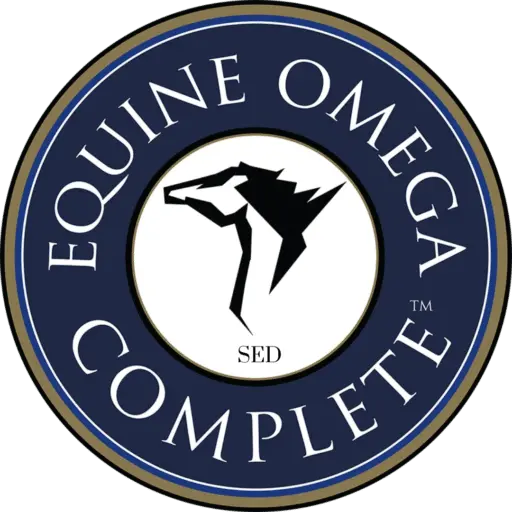Healthy hooves are the cornerstone of a horse’s well-being. Often, the state of a horse’s hooves can provide valuable insight into its overall health. Omega-3 fatty acids, such as those found in Equine Omega Complete (EOC), play a significant role in nurturing and maintaining optimal hoof health. Let’s explore how these essential nutrients contribute to sturdy, resilient hooves and overall equine well-being.
1. Essential Nutrients for Hoof Health Omega-3 fatty acids are a critical component in maintaining hoof health. These fatty acids, particularly docosahexaenoic acid (DHA) and eicosapentaenoic acid (EPA), found in EOC, possess anti-inflammatory properties that benefit the horse’s entire body, including its hooves. By reducing inflammation, these fatty acids aid in preventing and managing common hoof problems.
2. Supporting Hoof Growth Adequate levels of omega-3 fatty acids are known to enhance hoof growth and structural integrity. These nutrients contribute to the suppleness and strength of the hoof wall, reducing the susceptibility to cracks, chips, and other common hoof issues. In turn, this helps in preventing conditions like weak or brittle hooves, promoting healthier growth and overall hoof quality.
3. Maintenance of Circulation Omega-3 fatty acids support healthy circulation, which is crucial for optimal hoof health. Proper blood flow helps deliver essential nutrients to the hoof structures, ensuring they receive the nourishment required for optimal growth and function. Improved circulation helps maintain healthy, well-nourished tissues, promoting resilience against various hoof problems.
4. Impact on Inflammatory Conditions Inflammatory conditions can adversely affect the hoof structures. Omega-3 fatty acids, especially those derived from marine sources like EOC, can reduce inflammation, thus mitigating conditions like laminitis, which affects the hoof laminae. By alleviating inflammation, these fatty acids aid in maintaining the structural integrity of the hooves.
5. An Extra Layer of Protection Supplementing a horse’s diet with omega-3 fatty acids provides an extra layer of protection against various hoof ailments. Not only do they promote healthy hoof growth, but they also contribute to a glossy, vibrant coat, indicative of overall equine health.
In conclusion, the importance of omega-3 fatty acids, such as those found in Equine Omega Complete, in maintaining healthy hooves cannot be understated. The anti-inflammatory properties, support for growth, and maintenance of proper circulation make these essential nutrients crucial for ensuring your horse’s hooves remain resilient and healthy. Considering their many benefits, incorporating omega-3 fatty acids into your horse’s diet through a quality supplement like EOC can significantly contribute to their overall health and well-being.
